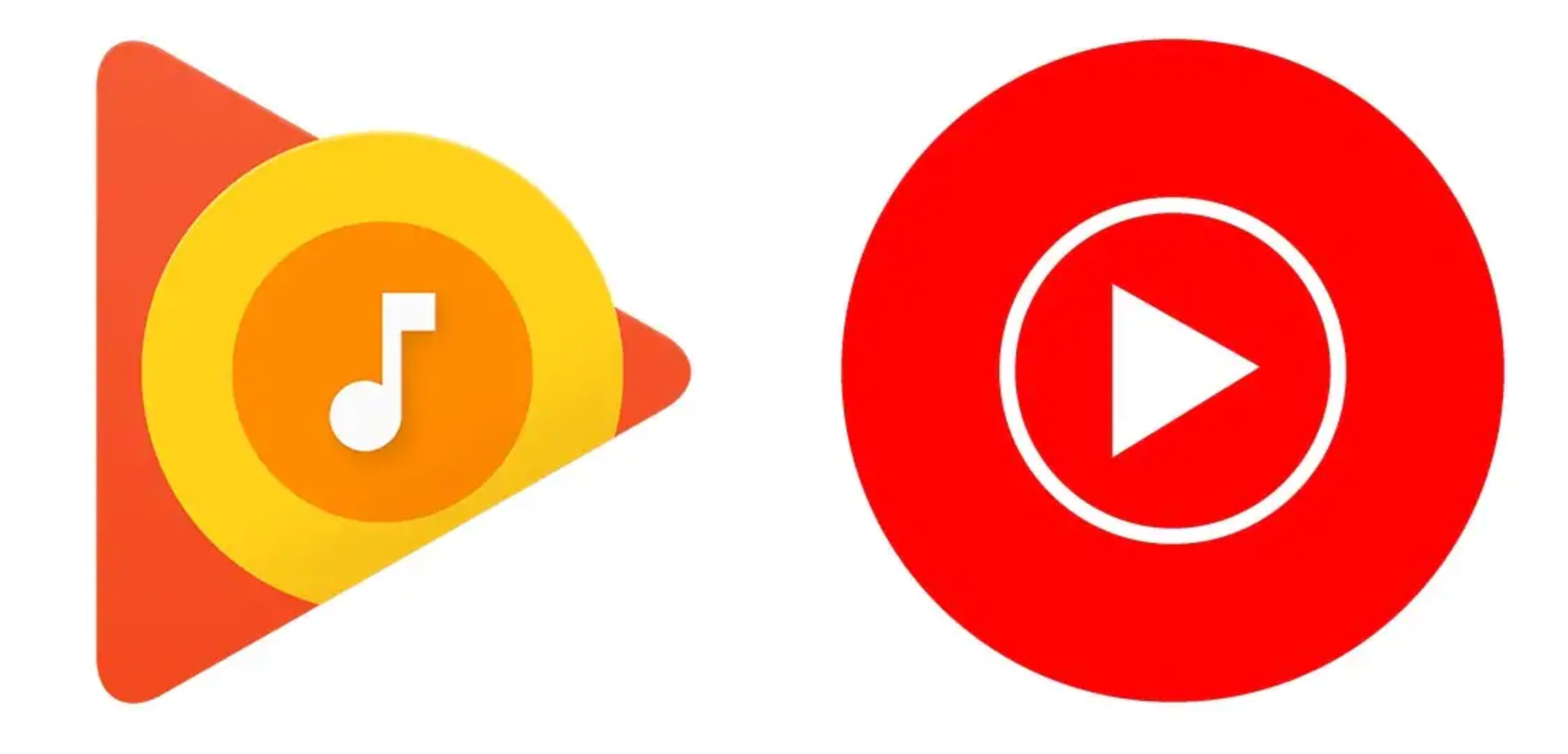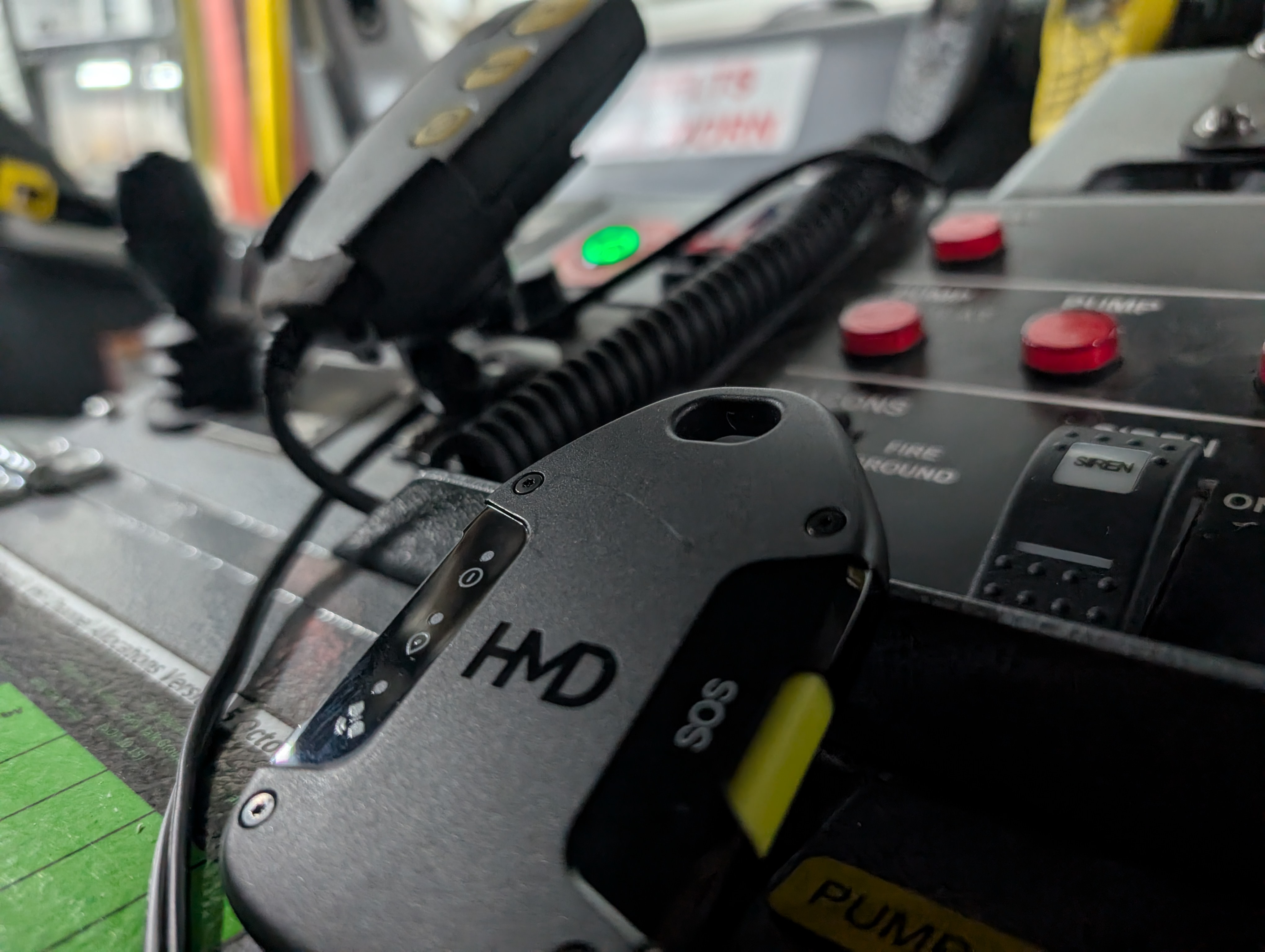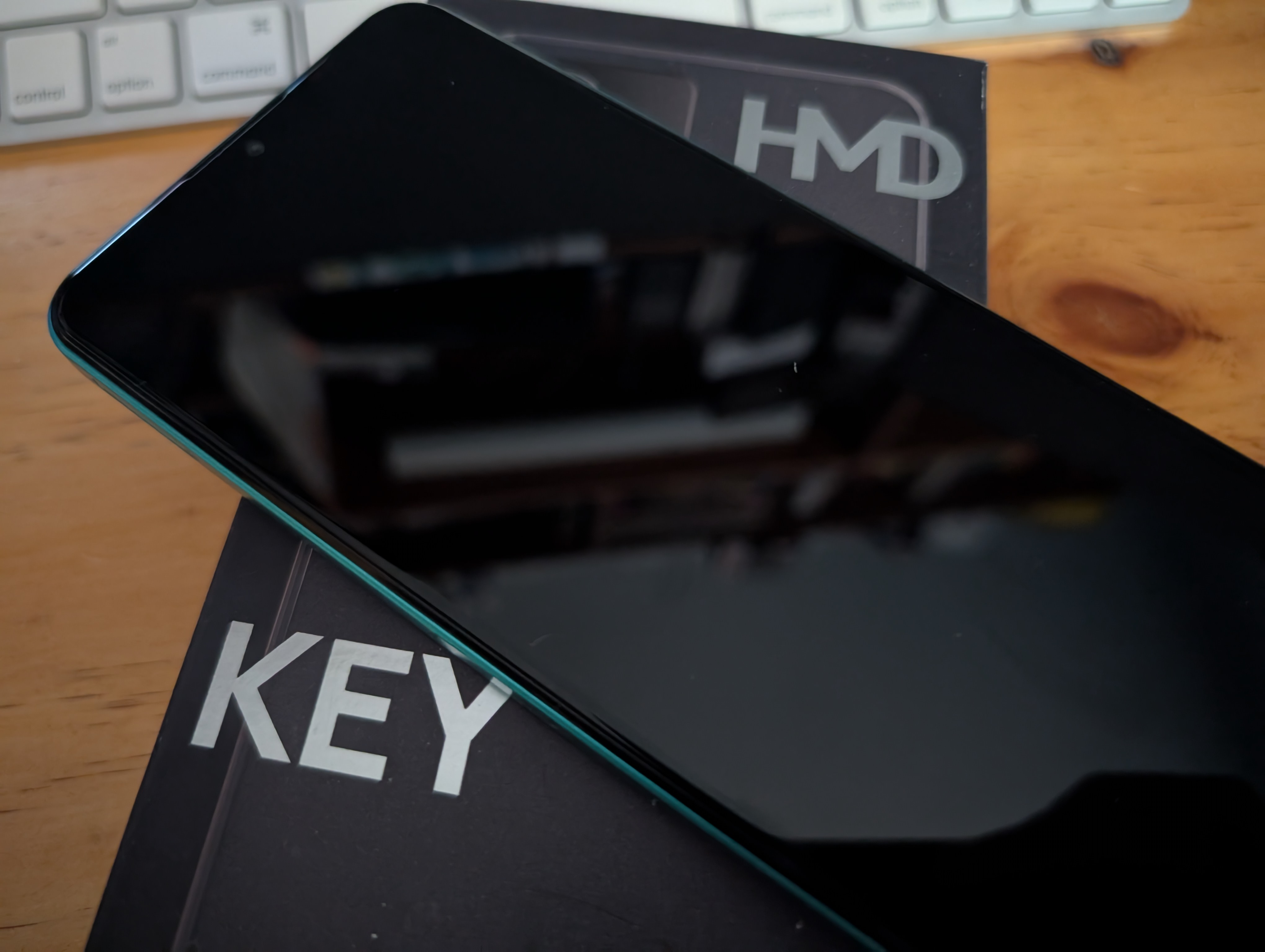Like others on the Ausdroid team, and like many of you – our readers – I guess, it shouldn’t come as a surprise to anyone that I’m a bit of an Android fan. Nor, really, should it surprise anyone that I’m pretty heavily invested in the Google ecosystem including Gmail, Drive, YouTube, Google Maps, Keep Notes, Books and Google Movies.
While many of Google’s products are really good and work well together, presenting an integrated, polished strategy, there’s two of Google’s offerings that really aren’t fabulous, and just don’t rise to their potential.
Yes, I’m talking about Messaging apps and Music.
Let’s take a look at the options and where things have gone backwards since Google Play Music made its humble appearance.
Google Play Music
It feels like it was a lifetime ago, but we’ve had Google Play Music for just on 8 years now, when it was first announced back in 2011. There has been significant development over the years, improved access to different streams and more recently the addition of music videos in the app.
Google Play Music has become one of the go-to music apps for Android, alongside popular alternatives like Spotify and (yes, I know) Apple Music.

LIke many, I’ve spent a lot of time listening to music in Google Play Music. I’ve got a bunch of playlists in there that I love and Google knows my listening habits so the “I’m feeling lucky” radio really isn’t far from what I’d actively choose to listen to.
There are plenty of users who’ve invested equally in the platform, “adding” albums to their library to listen to favourites, building great playlists, and discovering new music. Play Music does a reasonable job of all of these tasks, but compared to some alternatives, it might not be particularly pretty or easy to navigate compared to competitors.
Adding to this, Play Music misses some of the official desktop playback options available on competitor products. Spotify? It’s got a great desktop app. Apple Music? Well, it did. Play Music? Well, it has a web app, and while it works well enough, it’s still a web app. If you want a proper desktop app, there’s a couple of really good third party options available like Radiant Player and Play Music Desktop player but why should you rely on third parties to deliver functionality for a paid service?
Google does want us to live in the cloud, though, so I guess that makes sense.
We have already found information pointing to the fact that YouTube Music will become the default music player on Android but the question mark over Play Music’s lifespan, specifically when it will be phased out hangs over a lot of users heads. It’s very interesting to me to notice that in the last couple of weeks, when searching for individual songs, YouTube Music is beginning to automatically take on searches but not consistently.
As much as there’s a lot to like about YouTube Music’s interface – scrubbing forward and backwards through songs is great, the user interface is a bit more modern – there’s a lot that doesn’t feel all that finished.
YouTube Music
YouTube Music has existed for just over a year since it became available to the general user base. There have been developments in this realm too, including the recent addition of seamless switching between audio only and video streams.
My issues with YouTube Music cover usability and capability at the moment. I have used it off and on for a while now and – quite honestly – I think it is far from finished and ready for “average users” to use daily. Building playlists is clunky, finding albums to add to your library is also a little clunky, and there’s also another major barrier to adoption.
Considering it’s meant to take over from Google’s Play Music at some point, there’s remarkably few ways to actually migrate across. For example, there’s no way to keep your Play Music playlists in YouTube Music, nor is there any way to bring across your collection of albums, tracks and more that you’ve added to your own library (either from the Play Store, or music you’ve uploaded yourself).
Your collection, playlists and preferences will be preserved at migrated to YouTube music for a soft landing.
— t. jay fowler (@tjayfowler) May 17, 2018
It’s likely that Google will develop a migration pathway in the near future to meet that need. As it stands though, that inability to migrate is a roadblock to me migrating as a permanent solution and would be the case for many more. I’ve talked to Chris about it, and as much as he quite likes YouTube Music, it’s not his “go to” yet – there’s still a few too many things missing.
Even if I were prepared to rebuild my lists on YouTube Music, I’m really not enamoured with their playlist builder. It’s similar to Google Play Music in that you can add songs to the playlist, but it’s just not intuitive. I also find that often when adding (or trying to add) songs to a playlist, the playlists are not visible.
It’s just not a good experience for users.
I’m struggling to find a standout feature that will attract users to YouTube Music, either as a new user or from other platforms. It somewhat lacks a standout feature that will grab the attention of users and make them come to the platform. An example of this is the video clips you can watch inside the app.
While I’m a big fan of watching video clips with music, I don’t usually want to do it on my phone while I’m on the move. It feels like YouTube Music is more focussed on the video side of playback than the Music delivery and to me that’s an oversight when you’re replacing an existing app, taking on the other big players in the music streaming game.
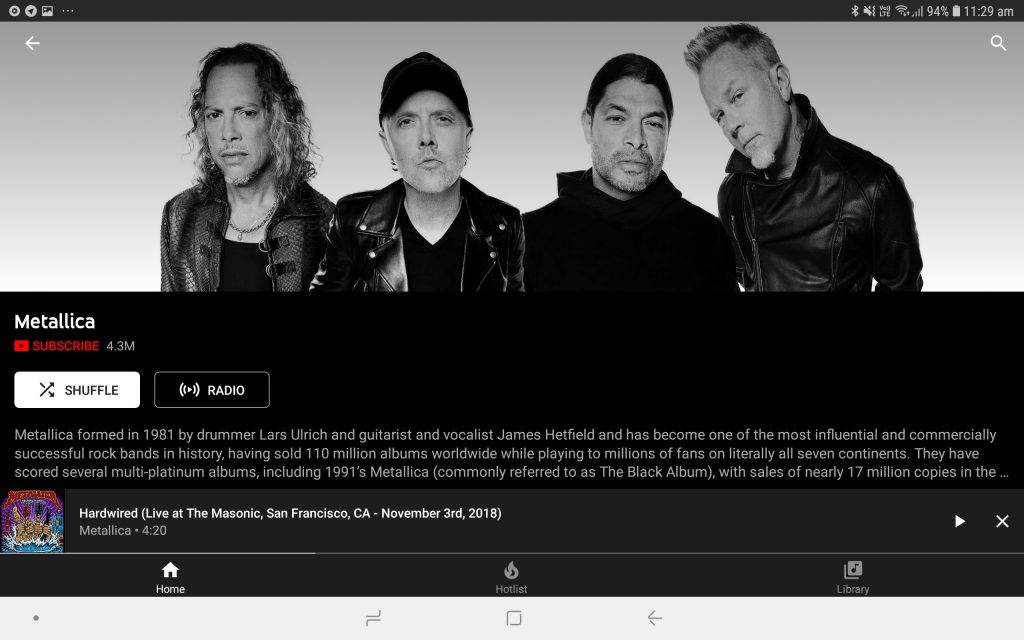
I usually only watch the video’s when I’m sitting at my desk and it’s not on my phone. So for myself and most people I’ve spoken to – the main selling point for YouTube Music is not hitting the mark. Plain old YouTube does the job for me here and I would venture that would be the case for a lot of users.
There’s nothing wrong with having video clips in the app, and in fact, sometimes they’re very good to watch (especially those live performances). However, to differentiate itself from the YouTube app (which is entirely video based), perhaps videos in YouTube Music shouldn’t be on by default? Especially when you’re out and about (i.e. on mobile data).
YouTube Music is functional don’t get me wrong but there’s some missing components too. I’d love to see a desktop install app for YouTube Music that allows you to control playback through your multimedia controls. Also providing a mini-player so that you can dock the player, not use “too much” of your screen but still be able to watch videos while doing other tasks.
Putting aside the criticisms, YouTube Music does have a free tier. Seemingly aimed at users who are low consumption or don’t mind adverts, this is a way to compete with Spotify and – if marketed well – could bring some customers over to the platform.
Given the recent push to get more users on the YouTube Music pathway with student discounts, it would appear that the pathway forward is narrowing. So much so that I don’t question which service Google want new users to sign up to anymore.
How long before the parallel pathways of Google Play Music and YouTube Music finally meet, well that’s anyone’s guess but it seems more inevitable now. I just honestly hope that Google finish and polish YouTube Music before sunsetting Google Play Music.
Google Play Music may not be perfect, but it’s very functional – and more so than YouTube Music for now.
Is it time to head to Spotify?
The obvious pathway here is to head to Spotify as a solution. It’s been about 11 years since Spotify introduced their pay monthly for all the tunes you can consume. Spotify is available everywhere and I do mean everywhere.
Smart speakers, PC, Mac, Linux, Web, Android, iOS – they’re all here. Well designed, useful interfaces for just about every connected technology you could imagine.
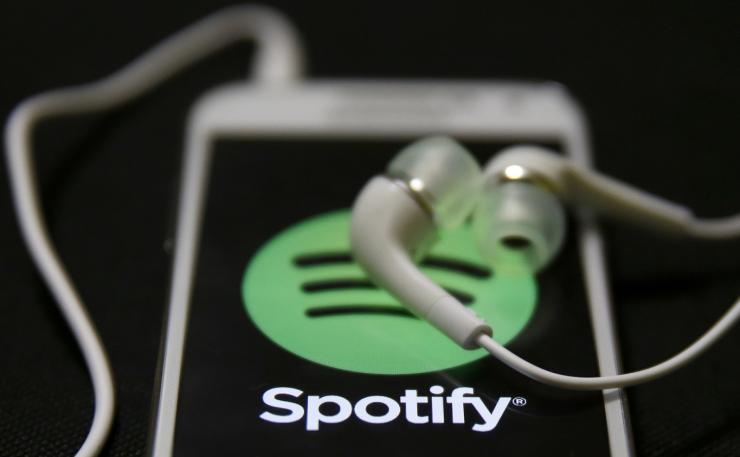
This broad compatibility combined with the service’s tenure in the space means that Spotify is a powerhouse in the space. Spotify’s apps are well polished, easy to use and navigate which you would expect. The functionality (for premium users) also includes the ability to continue listening to previous streams when you change devices.
Google’s Play Music and YouTube Music offer none of this.
Spotify is the music leader at the moment, and with its brand loyalty, Apple music has a strong footprint in streaming media as well. Google is holding its own, just, but the market share they hold is behind the other players. Perhaps Google was a touch late to the party or perhaps the integration being less universal is playing a part.
Given my personal investment in the platforms and the fact I’m considering other options seriously … I can’t be alone.
Where to from here?
Google needs to commit to YouTube Music and absolutely nail it. Universal functionality, huge range of available media, ease of use, stability and making it pretty are all must have functions moving forward. In short, look at all the things Spotify has done well, and bring those features to YouTube Music.
Users who’ve been on Google Play Music for a while are going to be reluctant to move over without their uploaded collections and playlists. Those need to be delivered as promised and soon.
I can absolutely see the potential in YouTube Music, but until a number of areas are finalised and cleared up – I just can’t bring myself over to the platform for daily use.
What about you? Are you sticking with Google Play Music for now? Are you a rusted on Spotify user? Which platform do you think is going to win here?

